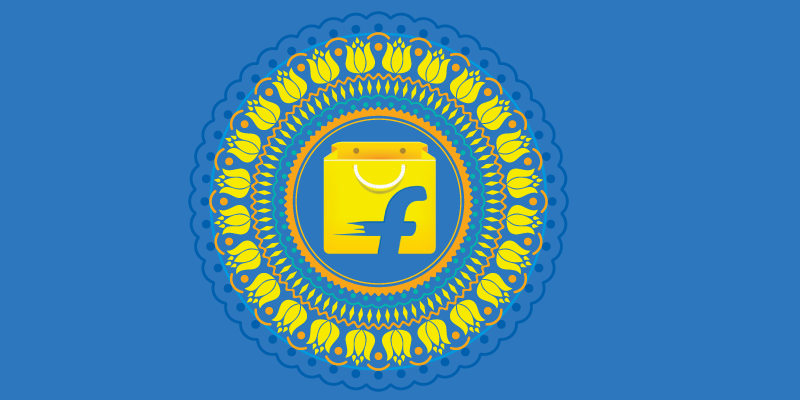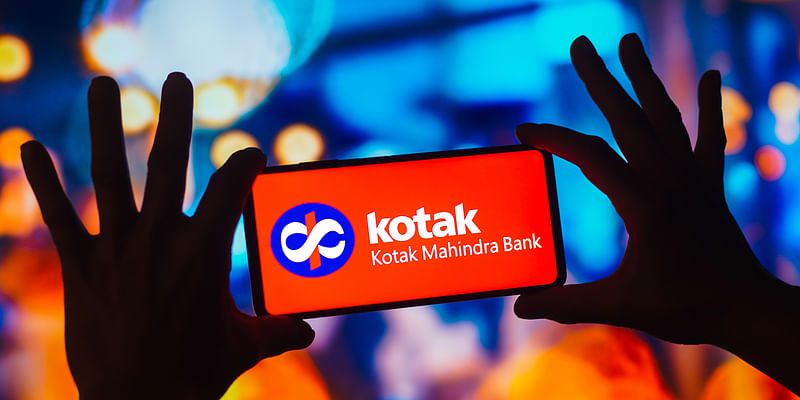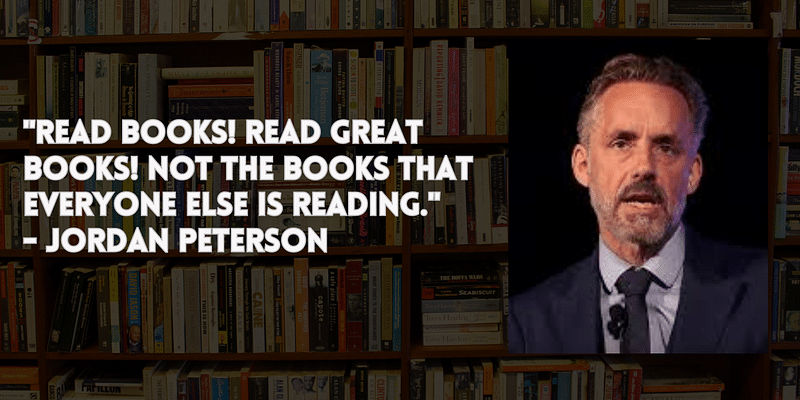How Flipkart ensures timely delivery during festive season

You order an iPhone7 on Flipkart on the last day of the Big Billion Days (BBD) sale — October 7 — at 7pm and it is delivered the same evening. Even a year ago, this speed of delivery would have seemed impossible to achieve. But Flipkart has been around long enough to plan well and make it happen. They had a troublesome BBD in 2014, a better one in 2015, and come 2016 they have established clear leadership during Diwali sales, clocking a record Rs 1,400 crore on a single day, the biggest in the history of Indian retail. An efficient supply chain was among their strengths this time. Reducing costs and delivering faster — two tangentially opposite targets — were achieved after 9–10 months of planning by the engineering and design teams.

E-commerce in India has long been struggling with supply chain management. The scale is even higher during festive sales. Not only is the volume of orders higher, but expectations to deliver quickly are also high, especially for high-ticket items. Neeraj Aggarwal, VP of Operations at Flipkart says: “Festive season sales come with complexities. During Dussehra and Durga Puja, staffs are often unavailable. Customers may not be available as they might be on holiday. So we had to push our entire system to the brink — right from technology to availability of manpower — to a whole new level to push the boundaries of the supply chain.”
Discounts, selection, fast delivery
Customers love large selections and discounts, but a superlative experience comes with fast delivery. If tough times are the real test of character for man, the festive season is the test for the e-commerce supply chain. But this being Flipkart’s third BBD sale, they were well prepared. On October 12, they carried out 7,00,000 shipments. From October 3–16, high-value products [those above Rs 5,000] were delivered five days faster across all pin codes than in 2015.

Flipkart cooperates with Delhivery, Ecom Express, and Blue Dart too. But Ekart claims to cover larger geographies than third-party players. Along with the COD availability, faster delivery also helped Flipkart gain more customers. Neeraj is keen to add that customer experience in remote parts was also important to them. For superior service, Flipkart was particular about the last-mile experience. “We got feedback on delivery boys by SMS from customers for improving our performance. We got a high score for the two weeks during festive sales,” claims Neeraj.
Reliability comes with keeping promises. The delivery date guaranteed to the customer was treated with utmost importance. “We were able to get 150 basis points better than last year, thanks to better speed of delivery,” says Neeraj.
More clients, more complexities
Ekart had started serving third parties a few months ago. Currently, they cater to offline players as well as online players like Myntra, Jabong, Voonik, Hopscotch, Paytm, and Yepme among others. “This was our first test since externalisation. It comes with more complexities. During Dussehra holidays, packages were piling up as consumers were not available. Many delivery staff also took off for the festive days,” says Neeraj.
Yet, the cost of the supply chain was reduced by 35 percent from last year. Neeraj says this happened due to their internal teams’ hard work during the last one year in improving productivity. Developing channels to invoke whatever capacity is there to deliver to customers was the main goal. In alternative channels, Ekart has tied up with Apollo pharmacy stores and kiranas to let their customers pick up packages from there, across more than 40 cities in the country. “Understanding geography and the high-density pockets were crucial to figure out better models including our alternative delivery methods (ADM) without costing too much,” says Neeraj.

Both Snapdeal and Amazon have more warehouses than Flipkart [Flipkart:18, Amazon: 27, Snapdeal: 69], but Neeraj believes that the number doesn’t matter. “We have had seven years’ experience in inventory strategies, accurately planning the volume of orders that would come from each region, and which warehouses will have to cater to that, etc.,” he says.
This year, Flipkart had 50 percent more storage space than last year without really increasing the warehouses. “We experimented with flexible storage methods. A lot of the design team’s effort went into ensuring flexible storage,” says Neeraj. He adds that the aim was to augment the productivity of manpower. Expenditure on infrastructure reduced significantly as it was done last year. The technology was also done last year, so the engineering team did not have to build a lot, Neeraj claims.
Time is money

“We were not short of delivery boys. We accurately planned how many were needed in each city. We ensured they got time off to spend with their families, and also offered incentives to ensure availability,” claims Neeraj. On an average day, only half the trucks are needed for the transport compared to those during Diwali.
Omni-channel strategy added capacity and reduced costs for Flipkart. Kiranas that are associated with them took care of delivery in the residential complexes in their area, except for large appliances. Flipkart’s ADM are operational in more than 40 cities now.
A competent logistics network is an inevitable part of a functional e-commerce ecosystem. If Flipkart’s claims of success are true, this could be a model that can be emulated by its peers and competitors as well as aspiring players in the market.









